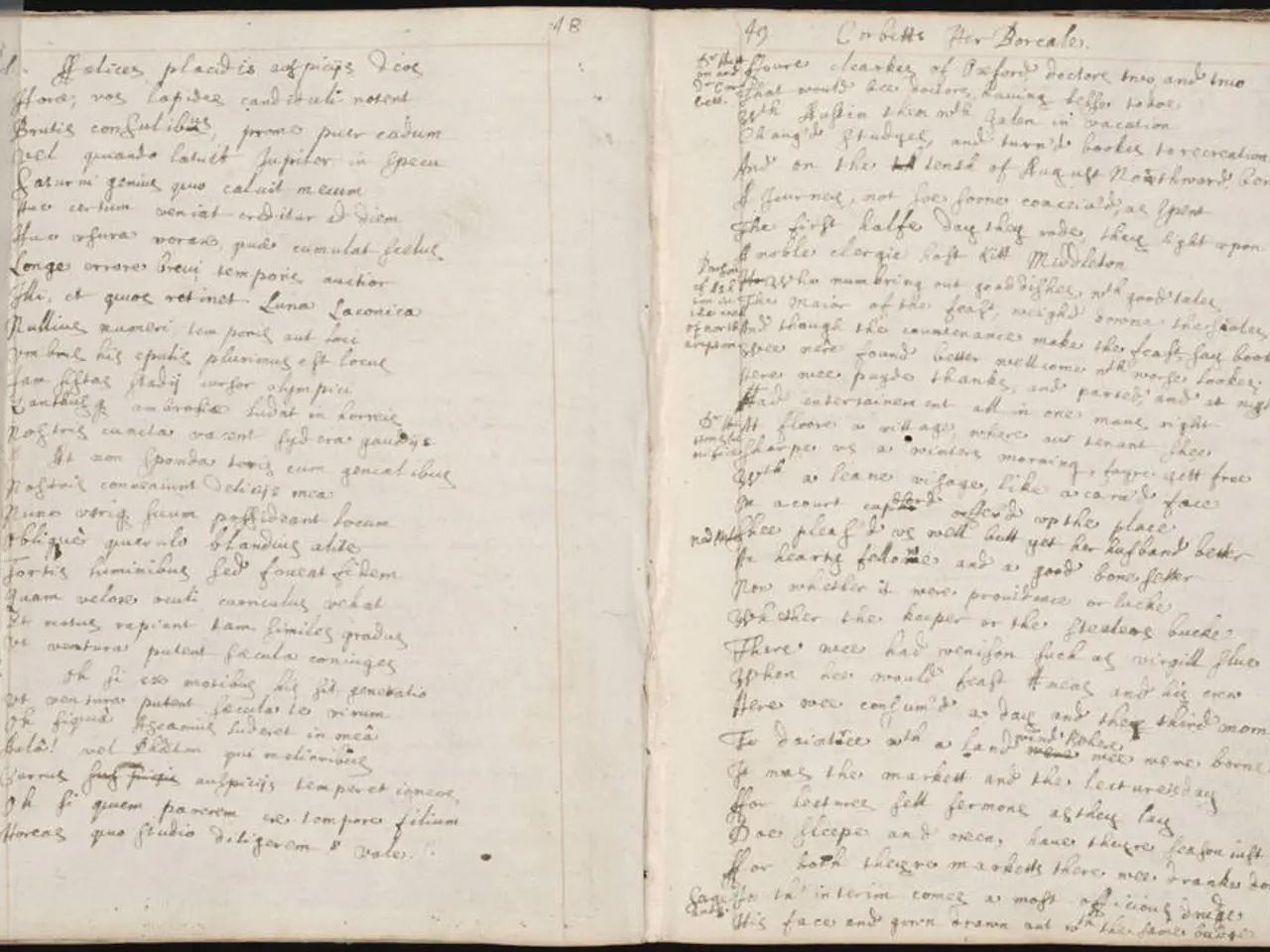Mrcchakatika Synopsis, Key Themes, and Significant Inquiries
Exploring the Prakaraṇa Genre: A Look at Mṛcchakaṭika and Its Influence
In the realm of Indian drama, Mṛcchakaṭika (The Little Clay Cart) stands as a seminal work, attributed to King Śūdraka. This ancient Sanskrit play, belonging to the Prakaraṇa genre, is renowned for its focus on romantic-comedy and social themes, setting it apart from the mythological epics common in Nāṭaka.
Understanding Prakaraṇa
Prakaraṇa is a unique type of Sanskrit play that delves into the intricacies of everyday life, human relationships, and social realism. Unlike Nāṭaka, which often features mythological heroes and gods, Prakaraṇa dramatizes ordinary people, offering a glimpse into the lives of merchants, courtesans, and other non-royal characters.
Mṛcchakaṭika: A Prakaraṇa Masterpiece
- Plot and SettingMṛcchakaṭika revolves around the love story between the impoverished nobleman Cārudatta and the courtesan Vasantasenā. Set in the urban environment of ancient Ujjayini, the play paints a vivid picture of society, encompassing merchants, thieves, courtesans, and Brahmins.
- Characterization The characters in Mṛcchakaṭika are lifelike and psychologically complex, a stark contrast to the idealized heroes and gods of Nāṭaka. They possess individual flaws and virtues, and their actions are driven by human emotions such as love, jealousy, generosity, and greed.
- Comedy and Romance The play masterfully intertwines humor with a romantic plot. The comedic elements arise organically from the characters’ social positions and interactions, providing a depiction of daily life and middle-class concerns. The romantic storyline between Cārudatta and Vasantasenā forms the heart of the narrative.
- Social Critique and MoralityMṛcchakaṭika tackles moral questions about righteousness, social justice, and virtue. It critiques greed, corruption, and social hypocrisy, making it not only entertaining but also didactic.
- Structure and Style Despite adhering to the classical five-act structure common to Sanskrit drama, Mṛcchakaṭika places more emphasis on dialogue, character development, and social context than on supernatural or epic themes.
Prakaraṇa in the Context of English Literature
From an English literature perspective, Mṛcchakaṭika as a Prakaraṇa can be compared to Elizabethan and Jacobean social comedies, Restoration comedy, and modern realistic drama. Its focus on everyday characters and ethical dilemmas anticipates these later forms of drama, offering a fresh perspective on the evolution of literature that highlights human relationships and social ethics.
Summary
In essence, Mṛcchakaṭika as a Prakaraṇa is significant for its:
- Focus on middle-class life and social realism
- Complex, relatable characters
- Combination of romance and comedy
- Moral and social commentary
This genre and this play in particular provide a rich alternative to the mythological and heroic Sanskrit dramas, offering insight into the everyday concerns and values of ancient Indian society. In English literary studies, Mṛcchakaṭika represents an early form of social comedy that resonates with the development of drama focusing on human relationships and social ethics.
It is worth noting that the novel "Molloy" is a work by Samuel Beckett, and discussions surrounding "The Summary and Themes" of "The Sequel To Dicing" are topics of ongoing interest.
In the field of Indian drama, Mṛcchakaṭika offers an insightful analysis of middle-class life and social realism, setting it apart from the mythological epics common in Nāṭaka.The play, with its focus on complex, relatable characters and the combination of romance and comedy, bears resemblance to Elizabethan and Jacobean social comedies, Restoration comedy, and modern realistic drama in English literature.*Furthermore, the moral and social commentary present in Mṛcchakaṭika offers a fresh perspective on human relationships and social ethics, echoing themes found in various literature works throughout history.







